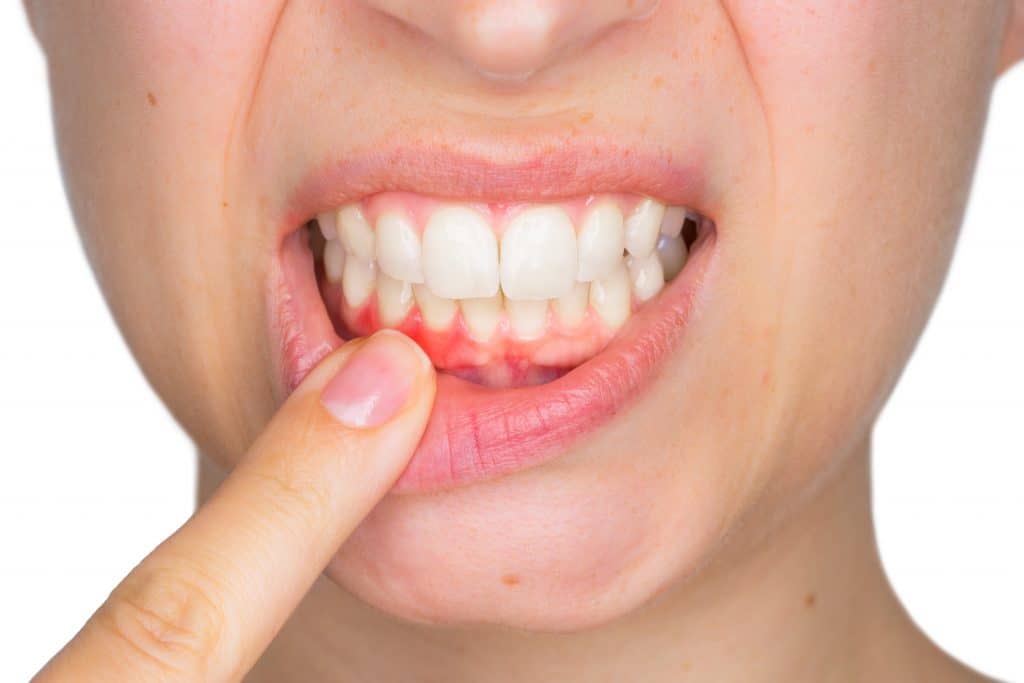If your teeth are full of plaque and tartar, the dental hygienist may consider performing scaling and root planing treatment. Plaque and tartar build-up isn’t something that can be cleaned immediately through brushing your teeth at home, because both are hard substances that stick onto your teeth.
Regular scaling of your teeth is performed above the gum line to remove the plaque and tartar build-up. There is also one important factor as to why scaling and root planing is performed: to reduce the chances of periodontal (gum disease).

What Happens With Gum Disease?
Gum disease is typically caused through plaque, a sticky pale substance containing harmful bacteria that forms on teeth owing to poor oral hygiene. The bacteria in plaque causes gum inflammation. When your gums are inflamed, they begin to form spaces called pockets as the gums begin to push back (recede). The plaque penetrates inside the pockets, irritating the bone. This is likely to lead to tooth loss and this isn’t something that can be removed through regular brushing.
Of course, receding gums can be caught early as long as the gumline structure isn’t damaged. Scale and polish treatment could be administered to simply scrape the plaque off your teeth, however, if the pockets between the teeth and gums are deep, scaling and root planing will be required.
The Steps To Scaling and Root Planing
Step One: Numb The Affected Area
The hygienist first applies local anaesthetic to numb the affected area. This is to ensure that the patient does not experience any sensitivity through the procedure.
Step Two: Scaling
Scaling requires a deep clean that’s performed in the gumline. A dental hygienist can perform dental scaling either through an ultrasonic scaling device, which works through high-vibrational energy to remove plaque and tartar easily or through a or through a manual scaler. Through either method, plaque bacteria and tartar is removed from the tooth surface and underneath the gum line.
Step Three: Root Planing
Root planing involves going deeper into the tooth root to remove bacteria, plaque and tartar from reappearing under the gumline. Root planing also helps to reduce gum inflammation, so that receding gums grow back again to protect your teeth.

Of course, gum disease can be prevented to avoid scaling and root planing treatment entirely. The hygienist will likely administer scaling and root planing treatment if its found that your oral hygiene isn’t strong enough, because gum disease is likely to occur. Gum disease can be reduced at home simply by:
- Brush your teeth twice a day with fluoride toothpaste and a soft-bristle toothbrush
- Floss between your teeth to remove food debris off your teeth
- Avoid smoking and alcohol consumption and replace with lukewarm water
- Consume a balanced diet comprising protein foods to protect your enamel
- Swirl and rinse your mouth with antimicrobial mouthwash
Are you showing signs of plaque and tartar build-up on your teeth? Its time to visit us at Vineyard Dental for a check-up appointment. Let us help you restore your smile by contacting us here now.

